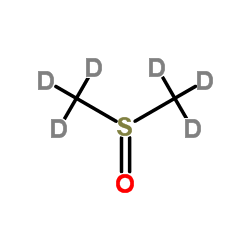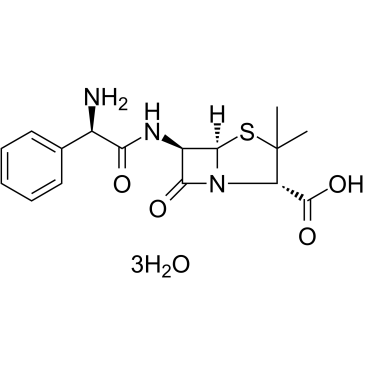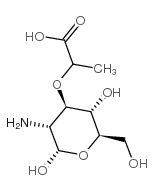| Structure | Name/CAS No. | Articles |
|---|---|---|
 |
DIMETHYL SULFOXIDE-D6
CAS:2206-27-1 |
|
 |
Dimethyl sulfoxide
CAS:67-68-5 |
|
 |
Ampicillin Trihydrate
CAS:7177-48-2 |
|
 |
Xanthone
CAS:90-47-1 |
|
 |
Ampicillin
CAS:69-53-4 |
|
 |
8-Octanoyloxypyrene-1,3,6-trisulfonic acid trisodium salt
CAS:115787-84-3 |
|
 |
Muramic acid
CAS:1114-41-6 |